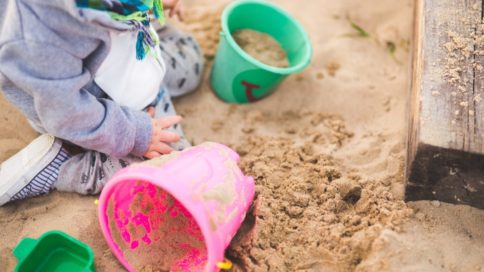
ABA therapy
Our approach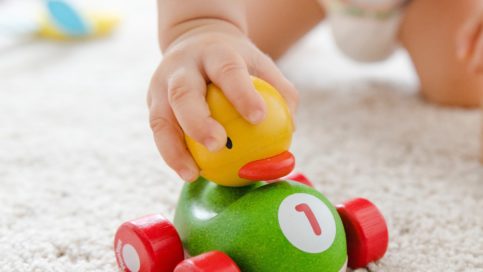
ABA THERAPHY
ABA (Applied Behavior Analysis) is a scientifically validated approach to understand learning and behavior by looking at the function of the behavior and the characteristics of the environment in which it occurs. It is based on the science of Behavior Analysis, and its prior focus is to increase behaviors that are helpful and socially appropriate and decrease behaviors that are harmful or affect learning.
ABA may be used to reduce outbursts and tantrums or to teach a child to sit quietly at school, use words to make requests, or wait his turn in the playground. ABA can also be used to teach simple and complex skills. For example, ABA can be used to encourage a child to brush his teeth correctly, or to share a toy with a friend.
A giraffe in the Hat can help you to find and achieve your own goal!
For whom?
EVERYBODY!
ABA is known primarily for the efficacy in treating Autism, due to the surprising results, but it’s not correct to link ABA to autism. ABA has broad applications in almost any situation where a particular behavior or response needs to be taught or encouraged: in healthcare, to support children who are facing challenging moments of their life, in pedagogy, to improve the efficacy of parental education, in business, to increase the safety and efficiency of an organization, etc…
How could this be possible? Because ABA therapy is highly individualized: we look at the strengths of the child and start from them to build an exclusive plan of treatment. This means that each ABA program looks unique as every child does. Goals are determined based on the learning plan and once a goal is met, the team moves on to the next step. It’s all about breaking things down into teachable steps, and then building on them to make your child as independent as possible. Do you want to know more?
During the first steps together we will find if ABA suits for you.
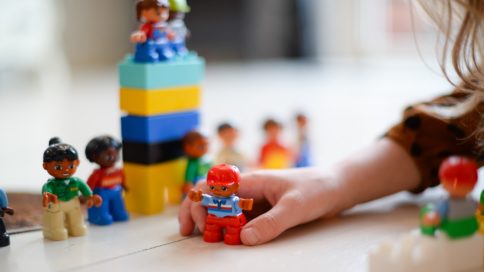
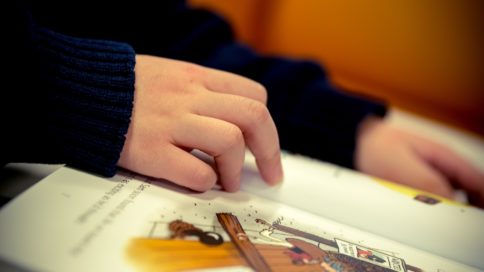
How can ABA could help?
INDIVIDUAL EDUCATIONAL PLAN
The methods of behavior analysis have been used and studied since the past century. They have helped many kinds of learners gain different skills – from healthier lifestyles to learning a new language.
ABA therapy programs can help with a wide range of challenges:
- Build or increase language and communication skills;
- Teach academics skills, as writing or reading, or counting;
- Develop more flexible social skills;
- Improve attention, focus, and memory;
- Develop self-care behaviors;
- Decrease problem behaviors by increasing appropriate behaviors: your child can learn what “to do,” not just what “to stop doing.”;
- Increase positive behavior and reduce interfering behavior.
Together we’ll build an educational plan that suits your needs.
Does it works?
YES IT DOES!
One of the reasons ABA therapy is so effective is that it systematically looks at the basics of learning and then builds upon them. The therapists and clinical team look closely at the skills your child has and needs to work on, building a plan tailored to their needs and learning style. Our therapists look at your child’s needs, skills, interests, preferences, and family environment. This means that the ABA program that your child is following will look different than the program of another child. Goals are determined based on this plan and once a goal is met, the team moves on to the next step. It’s all about breaking things down into teachable steps, and then building on them to make your child as independent as possible.
For example, if the team determines that an appropriate goal for your child is to tie his/her own shoes, they might start with going and finding his/her own shoes. Once that it mastered, it will be find them and put them on independently. Following that, the next step might be to cross the strings. This would continue until the child is independently completing all steps of the show tying process. These steps will be different for every child, but the concept is the same, start at the beginning and build from there. Another reason of the effectiveness of ABA therapy is that we continuously collect data on our procedures. That assure us that we can detect immediately if a procedure is not bringing us close to the goal, and adjust the procedure immediately avoiding waste of time and efforts.
Parents, teachers and all the caregivers involved in the life of the child are an integral part of the process. Your input is vital and integrated into the individualized therapy program, designed specifically for your child.
A giraffe in the Hat is a team and the family is an integral part of making our team work!
